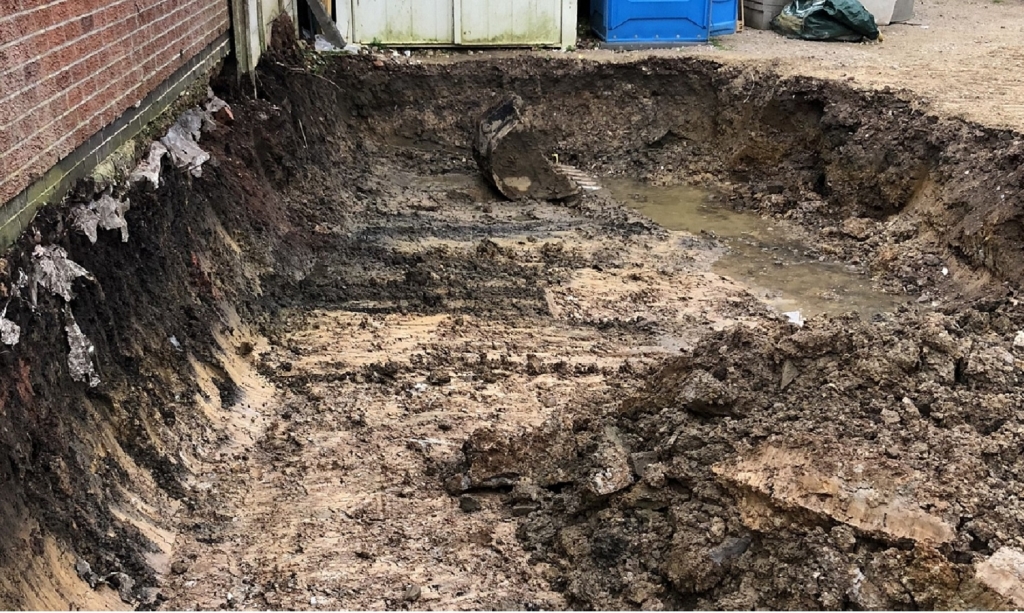There are many different options to treat Japanese Knotweed that do not just include herbicide and excavation. Find out some alternative treatment methods for Japanese Knotweed below…
There is over 90% of the rhizome in the top 0.25m of soil, sometimes it is cost effective to remove this entire layer from the site.
We can treat the Japanese knotweed when it starts re-growing with a herbicide treatment as per directions in the Japanese knotweed management plan. This helps to minimise what is left on site that is viable to grow back. The rhizome that is left would only be able to sustain little growth and is easy to kill off with the herbicide treatment.
Once the area has been treated with the herbicide, you can cultivate the top 0.25m of the ground. By doing this you will stimulate the rhizomes to produce more growth. From this, treatment will take place again using the same procedures as outlined in the Herbicide treatment section of the website.
By doing this you are able to encourage the plant to exert more energy re-growing which, in turn, gives you a larger leaf area to spray. These leaves will absorb the weed killer and carry it down into the rhizome. This can reduce the amount of time required on site spraying the Japanese knotweed.
Use of controlled burning can help reduce the Japanese knotweed. By burning the stem, rhizome and crown material this can achieve a number of outcomes – there is less material to dispose of, either by burial or removal from site, and it reduces the chance of re-growth.
We do not rely on this method as the sole way of removing the plant as Japanese knotweed is particularly resilient and is a first coloniser of volcanic molten fields.

This is where the Japanese knotweed is excavated and then piled up on top of a membrane on another part of the site. This gives time for us to treat the Japanese knotweed meaning we can deal with the Japanese knotweed whilst proceeding with the other building work out on other parts of the site.
We will then mound up the soil – ideally to a maximum height of 0.5m. There is a restriction on height as if the soil is mounded too high then the rhizome will become dormant. Instead we want to encourage further growth so that we can treat it with a systemic herbicide. If the contaminated soil is being put in an area that has not been previously been infected by the Japanese knotweed then you must use a suitable membrane or root barrier to stop further contamination of the site.
Stop Japanese knotweed encroaching on neighbouring land by digging vertical trenches, usually to the depth of 3m, and then laying a root barrier membrane. To support the membrane, we can build a plywood frame. There is a guarantee for the vertical root barrier membrane for 50 years and will act as a suitable barrier to the rhizomes.
We would, however, recommend backfilling the trenches with building sand to ensure that no stones, glass or other debris are present that could damage the membrane.
If pipes and conduits are in an area that has Japanese knotweed, it can be more effective to protect the services or the building’s foundation than to protect the whole site. It is very important that any soil contained by the root barrier must be free from Japanese knotweed.
We can then treat the surrounding infestation as per the Japanese knotweed management plan.
